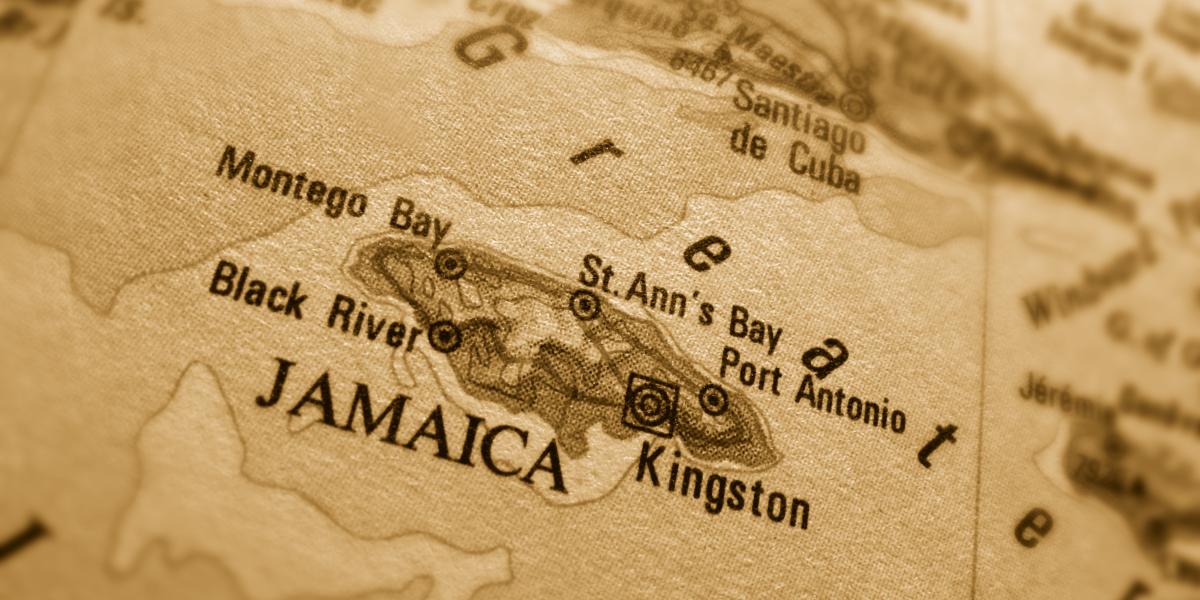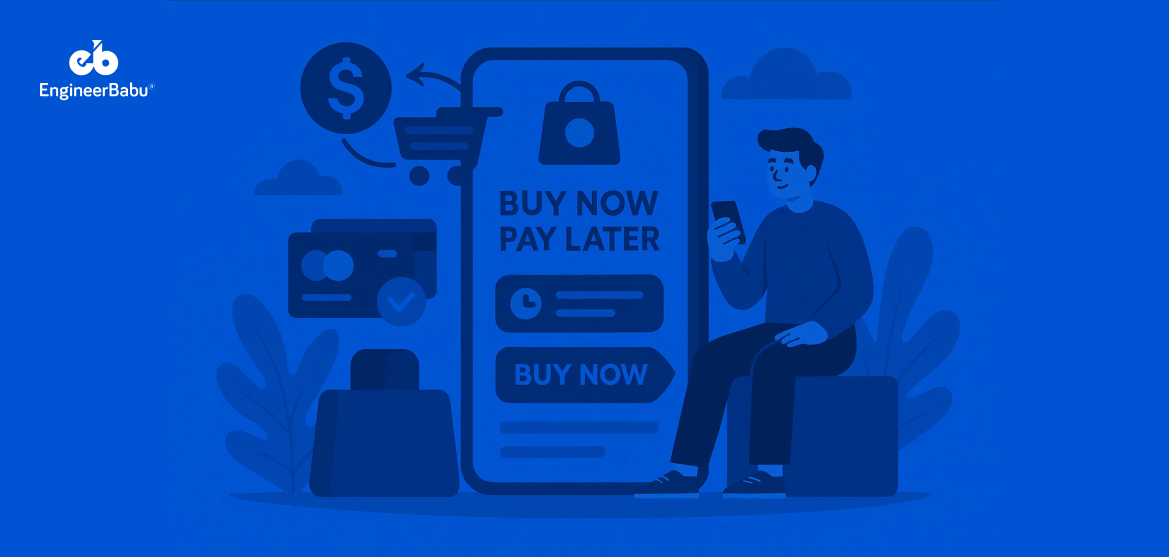After 26 years of selling business services, there’s not much I haven’t seen.
The average new business pitch costs $450,000. You can’t afford to lose a pitch or (even worse) win a pitch that’s not the right fit for your business.
So lets start with these six elements of a pitch response:
- Values: Your team aligns with the Brand’s value system.
- Interest: Your colleagues want to work with the brand.
- Experience: The work requested is a core capability of what you do best.
- Resources: The brand has worked with an business in this capacity and/or is embracing the level of resources required.
- Authority: You are talking to the right people in the process and they have the authority to make binding decisions.
- Realistic: The prospect ask / Request for Proposal (RFP) is realistic and you can be successful given what you know to be true.
If you can’t say YES to each question, do not proceed any further. If you have a “maybe,” go back to the prospect and ask for greater clarity.
You must be able to say YES to each question. Hard stop otherwise.
Every great dish has a recipe and so does every great pitch. Here are three phases (ingredients) required to win:
- Process: Leading a pitch from end to end.
- Theater: Everyone loves a good story.
- Pricing: Creating a win-win for all.
As a growth leader in your organization, it’s your job to take an ownership perspective and act as a steward of resources.
There are three types of pitches and each one requires a different process:
- Organic: There is minimal competition and it is on you to impress the client out of the gate and avoid a competitive pitch.
- Direct: Work directly with the brand and it could be possible to change the ask, win on an idea and/or pivot the ask to a place where you have a competitive advantage. Room for creativity here.
- Consultant: You are one of many and until you get to the final round, your primary job is to survive and advance through each round. Consultants have sold-in a process to the brand and they are getting paid to go the distance, strap in for a variety of phases including an Non-Disclosure Agreement (NDA), Request for Information (RFI), RFP, RFP Workshop, Chemistry Session, Pitch, Procurement, Master Services Agreement (MSA), etc. 🔥 Hot Tip: save some dry powder for a big finish.
You (often) can’t win in round 1, but you can lose in round 1.
With leading a pitch end to end, the most important phase is often the Q&A. There are times to ask questions and times not to. Two factors often come down to how Q&A will be shared and/or if we are the incumbent. It’s never a cookie cutter approach when you pitch, but there are some best practices that will give you a leg up the next go around. 💡
Here are a few questions I like to ask (not in any specific order):
- What led you to think you needed a partner to help?
- Why did you reach out to us? What made you think we would be a good solution for your business?
- Why would someone purchase your services (vs. a competitors)?
- Tell us about your business? How about your Northstar?
- What is wrong with your current resources? What are you not getting from them today?
- What is your biggest concern at this point in your brand’s journey?
- How satisfied with your brand positioning are you?
- How do you measure success? How will we measure this program?
- What KPIs outside of your Northstar are you held to?
- What is in scope on this project? Is there anything out of scope?
- Talk about your current sales process? How is that informed (Personas, Journeys, 1st/3rd party research, etc.)?
- What brands do you admire — in category? outside category?
- Have you ever worked with an business like us before?
- What makes the ideal partner? Why is that so?
- What resources are available for this project? Time? Team? Money? → do not pitch work if you can not quantify this. Critical step. Use the house analogy: “You can’t just say build me a house… need to know who lives there, how many bathrooms do they need, does it need to be handicapped accessible, what is their style, etc.”
- What happens after this project is over?
- What do you want to know about us?
One of the biggest stresses that I’ve seen in the RFP process is what time-slot you should take. I recently did a poll on LinkedIn that garnered over 10,000 impressions, 100+ votes and dozens of engagements; here were the results w/four days left:
Although nearly half of the respondents recommend going last, I firmly believe in going first. Here is the reasoning:
- Psychology: The brand has reached out because they are not happy with their current situation. When you give them a new idea/way of thinking you will show a significant psychological delta between what they currently have and what you are proposing. Even if the other agencies are better, the delta between what ideas you pitch vs. what ideas they pitch will not be as significant. The size of that delta is your competitive advantage.
- Ready: Clients want to know you are capable to jump in and pitch. Asking to go first will demonstrate a level of confidence and preparedness in your process. Even if the core team that does the work is not available for the RFI round (that’s ok and should be expected). I like to talk about a four to six week onboarding period for each team to share data, reports and access to secure systems.
Regarding the majority saying go last, I understand and appreciate the idea of recency, tapping into questions the client may have at the end of the pitch process and using the time to prepare your response. But you will also walk into a situation where the brand has seen some solid thinking… thinking you may not have. Every business will want to go last and the client knows why… for all the reasons stated in the comments on my poll.
Zig when others are zagging. Go 1st, create a feedback-loop, build trust / rapport, and invest in the relationship. 1st impressions are everything.
As with any pitch, start with the end date and work backwards to identify challenges that you/the client may have. Prospects love when you ask them about holidays/vacations we should be aware of… starts to feel more “human.” When it’s a consultant pitch, think through how you can win through RFI — RFP — Chemistry — Finals.
🔥 Hot Tip: create a Miro board mapping all of the efforts and use this to keep your team in check. And don’t be afraid to step the client through all of the thinking when you get to the pitch. Behind the scenes (BTS) content works very well. Trust me. Plz.
Not knowing how your team is set up, it’s hard for me to sit here and prescribe a specific approach. If I were to jump in, I’d start by looking at past wins (and failures) to ensure we are not reinventing the wheel. But timelines, ownership, final artifact (keynote, pitch.com, physical, etc.) and accountability for various tasks are important to identify and align on.
As a leader in this process, it is your job to be a central source of truth for all things in the pitch. Take that very seriously. Form tight bonds with whomever you are working with. Especially on the other side of the table… that’s why people reach out to me (one has followed me to three agencies; perhaps a fourth 🤜🏼). Ask them how they like to work. Meet them where they are in your RFP process.
It’s important not to overshare. Subject Matter Experts (SMEs) just need to know what is important for them. I’ve seen pitches get overly complicated and bogged down in the minutia. Your job is to worry about the minutia and let the SMEs do what they do best. And get out of the way (do not say anything in a final pitch; seriously… just open/close).
We are in the people business and if somebody wants to buy a widget, there are plenty of chop-shops they can go to. As you get ready for the next phase in the RFP Process, make sure you have documented the following:
- Comprehension: The RFP is clearly understood by you and your team.
- Impact: The business has clearly explained how they make money, what their cost of goods sold are, their cost per acquisition (CAC) costs are, life time value (LTV) and other factors drive business decisions.
- Category: The business functions in an area you understand. You understand the pressures they face, the tension associated with selling.
- Ownership: Buy-in from those helping the pitch is there. And you have capacity to craft a winning bid (while not detracting from current customers / other pitches).
- Planning: You have the resources to craft an effective project planning for RFP (and eventually scope it with account / finance).
- Practice: Check-in with client(s) and rehearsals with the team. Do an actual dry run with ample time. 🔥 Hot Tip: add at least 25% for filler words and questions.
- Catalog: Make sure you catalog all the BTS so others can replicate the efforts (dropping down that $450k avg. cost!), creating a case study, possible award submissions, and other key learnings.
- Fun: Surprise & delight moments are critical to standing out. Plenty of other agencies can do what you are doing. I won a pitch when a client asked “how do you deal with failure” and I ended with the Friends Pivot!
🔥 Hot Tip: use video in select communications. Loom is one of the easiest way to communicate complex messages without having to resort to a To-Long-Didn’t-Read (TLDR) note. Plus, body language is over 80% of what is communicated.
Throughout the pitch process, answer the questions in the order they provided. Make it easy for them to see how you would work with them. Don’t make it too hard and don’t design a presentation using their branding.
Leverage your brand as a point of differentiation.
It’s an old adage but garbage in is garbage out.
When we get towards finalizing a pitch approach, it’s important to consider the hero (the idea) and how we demonstrate a real tension, an insight and a solution (our idea). Like every good superhero story, we need to have a story arc that follows some of those tried and true elements of great storytelling: tension, insight, concept… and your business is the hero saving the day! Just like Woody and Buzz Lightyear…
Translate the story telling effort into how you approach the pitch brief and how it is parsed out throughout the pitch team involved in the pitch process. A great brief can make all the difference in winning a pitch.
Not knowing the personalities the best way to get everyone on board is to play therapist. Listen and try not to talk too much during the active process. Your job is to act as a translator, a connector… take diligent notes and make sure that each milestone is documented and agreed upon.
🔥 Hot Tip: use basic recording tools like Otter to capture the discussion and pull it back around to strong recaps where everyone must sign off.
When it comes to the output we are gunning towards, there needs to be gut checks on the insights and alignment on how far we want to go in the pitch process. I helped win a pitch when we said no to three ideas… told them we only have one idea because it is so good you will want to buy it.
Over time you will get a better feel for how far you can push an RFP situation but don’t be afraid to stick with your best idea and stand out from the herd (and 9 out of 10 times, refuse payment if they want to pay you; it will never be enough).
I once said no on the payment. This idea is too good not to happen. Translation = if you don’t want to work with us, we will shop it around. And if you want to hire us and it is not this idea, the budget you provided may be inadequate, we already have the big idea. Takes guts, but if you truly believe in your team, your idea, and the relationship… this is possible.
Stand in a place of creative confidence.
Lets be honest (as a new business professional)… working with finance can often be your worst nightmare. But it doesn’t have to be.
Yes, you want to close the business, but you need to balance the company’s team satisfaction, client satisfaction, impact of work and profitability of the engagement. Rushing for a close without proper project planning is rushing to an “end.” Try to go slow at the start so you can go faster at the end. More simply said rush, but never hurry. And move as quick as the slowest learner.
Sometimes it’s best to talk about how you will negotiate price and what you will agree to do during the negotiation process before you even talk about the dollars. Essentially agree with everyone on what the process will take, how many rounds you might go and what might be a hard no vs. a soft no. Anything is negotiable (or should be), so take the time to map your rules of engagement.
Getting to the heart of pricing will often assume your business has accurate time sheets and/or actualizations based on the cost of goods sold. Not every business records time and that is ok, but you must be able to tie back the effort to the outputs created. Plenty of tools out there to help (Monday, Forecast, Basecamp, etc.)… so chose wisely and be diligent. Do not fall behind on keeping accurate records. Many agencies are headed to zero-based budgeting and there are pros and cons to that. I tend to favor action over analysis, so balance the cost benefit here. This happens to be a topic that I am not an expert in. 🙂
Going to a project with one price is never a smart idea.
There’s a reason you can buy three sizes of coffees at Starbucks and there’s a way to take $1 million and turn it into $1.1 million. This is where pricing theory comes in. Here are some suggestions to consider from the Ignition Consulting Group:
- Options: Always present three options (sometimes four; never more).
- Phases: Construct the options based on the main phases involved in the assignment (e.g. discovery, definition, design, development & deployment).
- Benefits: Give each option a benefit-oriented name (not “silver, gold, platinum”) and avoid framing the choices as “good, better, best.” All the options are good; they’re just different combinations of your offerings.
- Outputs: Construct options using outputs (deliverables, specific work product). Do not include or disclose the inputs (hours, FTE’s) as the purpose of this approach is to keep clients focused on what they’re really buying (outputs and outcomes), not the resources required.
- Outcomes: Include a brief “Target Outcomes” section at the beginning of each option to help frame the value being created and clarify client expectations. But never guarantee outcomes as the client should own that. You can not be held liable if their factors out of your control (e.g. supply chain issues).
- Psychology: Make Option 1 your highest price. This is your “anchor price” (an important dimension of pricing psychology), and the anchor price should always be presented and discussed first.
- Meet in the middle: Given that the middle option is most often selected (up to 70% of the time), make sure it contains all the elements necessary to complete the assignment successfully.
Clients recognize you are a for profit business and it’s your job to talk with prospects (and finance) about the three things we can influence: lifting top-line revenue, lowering bottom-line costs and mitigating risk. When you consider how that is a factor within pricing, it helps you to be creative in pricing strategies. Procurement often looks at your services as something to minimize when it should be the exact opposite, how do we optimize Brand?!? Work to shift that perception and flip the power.
I’m not an expert on how much the work should cost or where it needs to be for your unique situation. But where you can push back on procurement and come at them with a value driven approach… do that (see above questions). I recently helped close an MSA with a global brand where they wanted a rate card. We pushed back and when they asked for an hourly rate we simply said we don’t have one. Dozens of other providers / industries price on outputs; why not business services?
Sell on the outputs that drive the business outcomes they need.
With every pitch, someone has the final decision on what is presented and that person may decide tie breakers as well. Remember, this tried and true rule: less is more. You want everyone in the pitch room to come away with the same idea, same feeling… avoid idea-whiplash.
Avi Dan — a well known search consultant — published an article last month in Forbes about the power of a good leader. Although a business leader may not be needed on every pitch, never under estimate the importance of a strong leader who leads with heart. And can make decisions that others respect and will follow.
🔥 Hot Tip: Consider introducing a 100-day check-in. As you get to finalizing a relationship, build in some steps for you (as a biz dev professional) to make sure the relationship is going well. Before 100 days, it is much easier to fix and issue if there is one… but if you let it fester and get infected, good luck renewing the deal. Costs MUCH less to keep a client happy vs. go after a new one.
It is also ok to move forward without 100% consensus or walk away. Better to say no before you get started. The cost of onboarding a team, unwinding a win and/or ruining a relationship far outweighs any short-term win.
If you’d like to talk more, find me on LinkedIn.







































